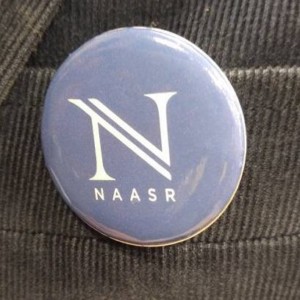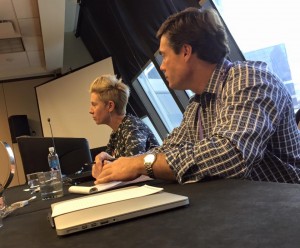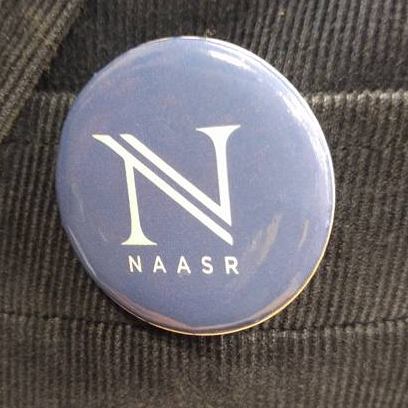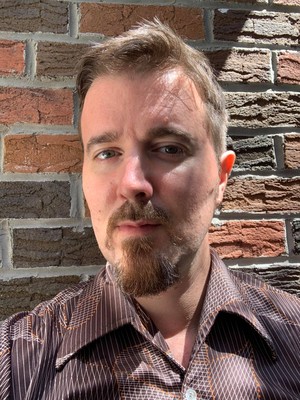The North American Association for the Study of Religion (NAASR) held its annual meeting last week in connection with the American Academy of Religion (AAR) and Society for Biblical Literature (SBL) conference in Atlanta, GA. Conference report for The Religious Studies Project by Matt Sheedy.
The theme for this year’s NAASR panels was “Theory in a Time of Excess,” which aimed to signal a basic problem in the study of religions; that despite increased attention and inclusion of debates on method and theory within the field over the last 30-odd years, it would appear, to quote the description on NAASR’s website, “that few of the many examples of doing theory today involve either meta-reflection on the practical conditions of the field or rigorously explanatory studies of religion’s cause(s) or function(s).” Accordingly, this year’s NAASR panels were designed to re-examine just what we mean by “theory” in the study of religion—e.g., should we follow an inclusive, “big tent” approach, or something more precise?

Four pre-circulated papers were presented on November 20-21, each of which included a panel of respondents:
1 “On the Restraint of Theory,” by Jason N. Blum
2 “What the Cognitive Science of Religion Is (And Is Not),” by Claire White
3 “Of Cognitive Science, Bricolage, and Brandom,” by Matt Bagger
4 “The High Stakes of Identifying (with) One’s Object of Study,” by Merinda Simmons
These panels presented a variety of critical approaches to the study of religion—materialist phenomenology, cognitive science of religion, cognitive science and analytic philosophy, and culture and identity studies—in order to explore some competing ideas of what constitutes “theory” in the study of religion, with responses from a variety of early career scholars who were chosen because of their own distance from the approaches in question.
Some questions and ideas that came out of these well-attended discussions (an average of 40-50 per session, by my count) included:
- Can we speak about “religious” consciousness and experience without privileging particularistic and ahistorical perspectives?
- Theory challenges us to realize that we are always fictionalizing our data.
- What is the role of realism and inter-subjective reasoning in our work? Or, to put it differently, what are the lines between theory and addressing practical concerns as they appear in the social world today?
- How can we address tensions between “naturally occurring” patterns of human cognition (e.g., the tendency to attribute agency to unknown forces) vs. the role of culture in shaping conceptions of the supernatural in the cognitive science of religion (CSR)?
- Can religion be explained scientifically, as many CSR scholars would have it, or is the term religion itself too unstable to signify a coherent object of study?
- Can we still talk about “religious belief” in the study of religion?
- What is new about the “new materialism” (e.g., the return to questions of the body)? Is it merely repeating the idea of “lived religions” or something else altogether?
- To what extent does one’s position in the academy (e.g., as a grad student, adjunct, or professor) determine what they can and cannot say in terms of their desire to critique certain aspects of the field?
During the NAASR business meeting, it was announced that Steven Ramey will be joining Aaron Hughes as the new co-editor of the NAASR-affiliated journal Method & Theory in the Study of Religion, and that the panel proceedings from this year’s conference will be turned into a book with Equinox Publishing. Providing opportunities for early career scholars was a constant topic of discussion at the conference, as well as the need to draw in new members—though it was noted that there was a significant spike in membership in 2015.
This year’s Presidential Panel featured two papers:
“Theory is the Best Accessory: Some Thoughts on the Power of Scholarly Compartmentalization,” by Leslie Dorrough Smith (Avila University)
“Compared to What?: Collaboration and Accountability in a Time of Excess,” by Greg Johnson (University of Colorado at Boulder)

Both of these presenters, along with those in attendance, were encouraged to read an unpublished essay on NAASR’s history by Don Wiebe and Luther Martin, which was written on the occasion of NAASR’s 20th anniversary, some 10 years ago. The purpose of this panel, now some 30 years after NAASR’s inception, was to explore how the organization can “continue pressing the field in novel, rigorous, and interesting directions,” and “to help us think through where the cutting edges may now be in the field.”
Sunday afternoon included a well attended workshop entitled, “…But What Do You Study?”: A NAASR Workshop on Theory & Method in the Job Market. Here a variety of early career scholars were broken up into groups, each with a more established scholar, to discuss strategies such as crafting a Cover Letter and what to include in one’s CV.
The final NAASR panel, co-sponsored with the SBL, was entitled “When Is the Big Tent too Big?” Following the description on the NAASR website, this panel sought to address the following question: “What are the strengths and weaknesses of the ‘big tent” philosophy that governs much of the disciplines of religious studies and biblical studies as represented in many academic societies, the publishing industry, and many colleges and universities?” Some of the questions/ideas raised by the panelists included:
- The structural need for a big tent given the relative size of NAASR as compared with the AAR and SBL
- What counts as reasonable, constructive scholarship and what goes too far (e.g., the “anything goes” approach)?
- The need to highlight the role of ideology, power, and interests
- An adequate secondary discourse should be neutral in terms of who can do it (i.e., it should privilege certain insiders and aim for theories that all scholars of religion can apply)
- When is the tent to big? When it forgets its purpose as scholarship? When it covers up its own history?
- Proposing the need to declare conflicts of interest when one is claiming academic legitimacy (i.e., where one is receiving funds from, relevant organizations they belong to, etc.).
All in all, the format of this year’s conference was deemed a success, and discussions are currently underway for adopting a similar format for the 2016 conference in San Antonio, TX, including another workshop for early career scholars looking to make their way in a challenging market.



